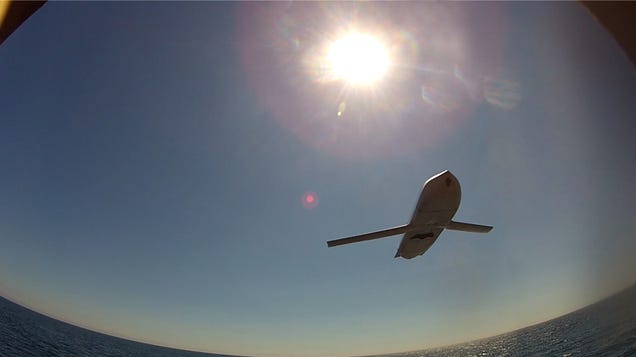
Lara Seligman, Inside the Navy, Feb. 20
Lockheed Martin is working on a submarine-launched version of the company's Long-Range Anti-Ship Missile with an eye toward an upcoming competition for the second increment of the Navy's offensive anti-surface warfare capability.
Lockheed is currently developing LRASM as an urgent capability solution because the existing Harpoon anti-ship missile does not have the range or survivability to take on emerging surface threats in anti-access/area-denial environments. LRASM fulfills the Navy's OASuW Increment 1 requirement for an offensive weapon system that can be launched from the air.
The Navy will continue to develop LRASM with a goal of early operational capability on Air Force B-1s in 2018 and Navy F/A-18 Super Hornets in 2019, Frank St. John, Lockheed vice president of tactical missiles, told Inside the Navy in a Feb. 18 interview.
But LRASM is merely a stop-gap solution until the Navy can develop a more comprehensive solution that can be air, surface and potentially sub-surface-launched -- called
OASuW Increment 2. The Navy is planning a competition for Increment 2 sometime in the next few years.
In preparation for that competition, Lockheed is investing internal funds in a version of LRASM that can be launched from below the surface, according to St. John. Right now, the company is doing the risk reduction necessary to drive down schedule and cost risks associated with integrating the missile into submarine launchers. Lockheed is looking at launching LRASM out of the same type of system that today launches Tomahawk missiles.
"The primary work there is to just get it out of the sub, free of the water, and then once the engine starts it runs just as if it was dropped off a plane or shot off a ship," St. John said.
The company must make some mechanical modifications to ensure the missile can interface with the submarine launcher and booster, St.
John said, adding that the team is also working to integrate the missile with different targeting systems as well as different software and electrical interfaces
Lockheed plans to start testing the system in the third quarter of this calendar year, St. John said.
The company has to date invested more than $50 million in developing all three variants of LRASM, and will likely invest at least $50 million more in the program, St. John said.
"All this is done on our own investment to prepare for an eventual Navy competition," he said. "It's a significant, significant activity for us, it's one of our most important pursuits."
The Navy is planning to combine work on a follow-on capability to LRASM with the next-generation of the land-attack Tactical Tomahawk cruise missile, ITN reported Feb. 16. This single development effort is funded in the FY-16 budget under the Next Generation Strike Capability, encompassed within the precision strike weapons development program element.
This decision could have implications for the future of Lockheed's LRASM. However, whether a LRASM follow-on is part of OASuW Increment 2 or NGSC, St. John said Lockheed will be making the same kind of investments in ship integration and the sub-launched capability.
"We're just looking at what are the risks and working off those risks," St. John said. "We're anxiously waiting for the Navy to finish that requirement process and tell us what that competition looks like."


No comments:
Post a Comment